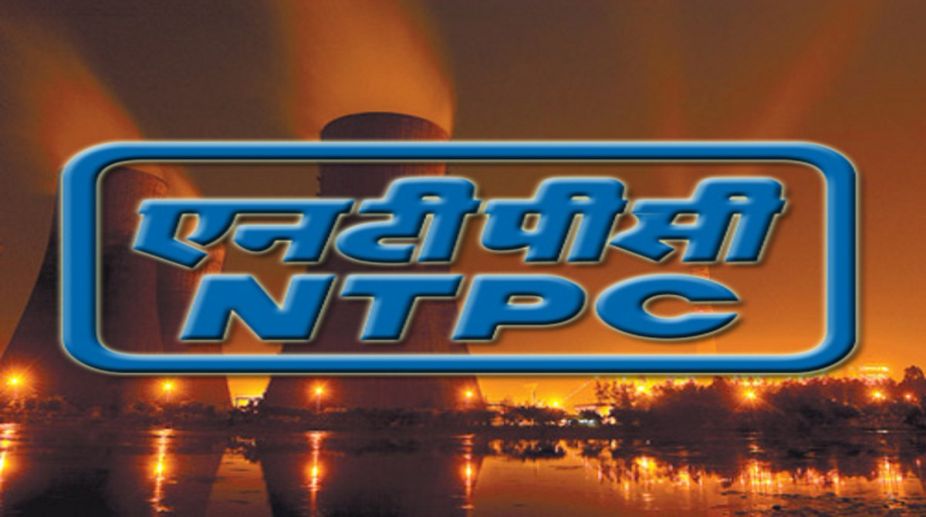PM Modi on 3-day visit to 3 states–MP, Bihar, Assam–from Sunday
According to the Prime Minister’s Office (PMO), the Prime Minister will visit Madhya Pradesh, Bihar and Assam from February 23-25.

(Photo: SNS)
The state-owned conglomerate NTPC Ltd-long associated with coal-fired power generation-is poised to facilitate India's bid to achieve its ambitious national renewable energy targets. This, at a time overseas investors are seeking more opportunities in the country's renewable projects.
"Despite its deep historical connection to coal-fired electricity generation technology, NTPC has recently moved to the forefront of India's energy transition and stands to be the country's key new energy enabler," said a report by the US-based Institute for Energy Economics and Financial Analysis (IEEFA).
Advertisement
The report's release coincided with the completion of three years of Prime Minister Narendra Modi's government at the helm on Friday.
Advertisement
The 44-page report titled "NTPC as a Force in India's Electricity Transition" showcases how the government is shifting rapidly towards a low-carbon economy-a step towards achieving the 2015 Paris Climate Agreement aim of cutting greenhouse gases from burning fossil fuels.
The company currently provides about a quarter of India's electricity and is among the top 10 coal-fired power generators in the world. It ranks third in coal-fired capacity and seventh in generation.
The role NTPC-earlier called National Thermal Power Corporation-is now playing in transforming the energy sector in its ongoing shift away from the increasingly stranded assets of the fossil fuel industry cannot be underestimated, Tim Buckley, Director of Energy Finance Studies Australasia with the IEEFA, told IANS via email.
With economic growth at 7-8 per cent annually, India is the world's fastest-growing major economy. As a state-owned power utility, NTPC's priority is to underpin that growth.
Whilst this responsibility has arguably required expansion of coal-fired power generation in the past, this has changed.
"With the average new solar tariff in 2017 below NTPC's coal-fired power tariff for its existing fleet, it is clear that renewable energy offers a cheaper way to provide power," report co-author Buckley said.
Solar prices hit a record low twice this month.
On 10 May, India finalised a new auction at the Bhadla solar park in Rajasthan with the award of a power tariff at a record low Rs.2.62/kWh ($0.040/kWh), 12 per cent below the previous record low Rewa solar tariff awarded only just three months ago in Madhya Pradesh.
This new record only lasted two days with the latest 500MW solar auction coming in at Rs.2.44/kWh ($0.038/kWh), down yet another seven per cent.
This tender was also for projects at the Bhadla Phase IV solar park.
"The ongoing Indian electricity transformation, which can be increasingly spearheaded by NTPC, will have global ramifications not least for the thermal coal sector which faces a technology driven structural decline," Buckley said.
Energy Minister Piyush Goyal's plan to cease thermal coal imports by the end of this decade is being led by NTPC which has already stopped them this past fiscal year.
"Coal exporters that are looking to India to prop up volumes as China continues to reduce coal consumption are going to be disappointed," he said.
The report, also authored by energy finance analyst Simon Nicholas, says overseas investors are now seeking more opportunities in Indian renewable projects.
India's renewables boom is attracting the attention of a diverse range of leading overseas investors, including banks, utilities, pension funds and asset managers. They include Goldman Sachs, JP Morgan, Morgan Stanley, the Macquarie Group, Sembcorp, Enel, EDF, Engie, SoftBank and Brookfield.
The IEEFA, which conducts research and analyses on financial and economic issues related to energy and the environment, says the total renewable energy capacity additions in India matched thermal capacity additions for the first time in 2016-17.
The rate of thermal capacity additions declined 50 per cent from the prior year, even as solar installations doubled in 2015 and again in 2016.
The report forecasts that this will be repeated again in 2017.
According to financial experts in India, there is a noticeable spike in solar investment by Chinese firms.
"Chinese investments in Indian coal projects have been declining. At the same time, Chinese investments in India on solar projects are slowly increasing," Jai Sharda, a founding partner with equity research Indian firm Equitorials, told IANS.
Greenpeace India senior campaigner Nandikesh Shivalingam says it is an opportunity for China to play a much more positive role.
"Given that India has an ambitious renewable energy target and China being the largest exporter of renewable energy equipment in the world, there would be an opportunity for China to play a much more positive role," he said.
India's draft "Ten Year Electricity Plan" calls for a staggering 275 GW of renewable energy by 2027, in addition to 72 GW of hydro and 15 GW of nuclear energy.
Advertisement